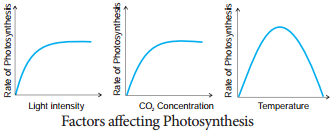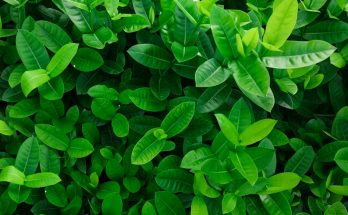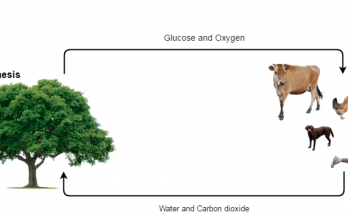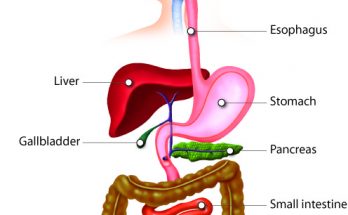
Steps of Photosynthesis
3 Major Steps of Photosynthesis
Absorption
Conversion
Reduction
Steps of Photosynthesis in Light Dependent and Light Independent Phase (Calvin Cycle) …
CBSE Class Notes Online – Classnotes123
CBSE Class Notes, Worksheets, Question Answers, Diagrams , Definitions , Diffrence between , Maths Concepts, Science Facts Online – Classnotes123

3 Major Steps of Photosynthesis
Absorption
Conversion
Reduction
Steps of Photosynthesis in Light Dependent and Light Independent Phase (Calvin Cycle) …

Photosynthesis is crucial for plant growth. Factors like light intensity, CO2 concentration, temperature, water, chlorophyll, protoplasm, and leaf structure affect and determine efficiency. Light intensity directly influences photosynthesis, while CO2 concentration initially enhances it. Temperature affects enzymes. Water scarcity hampers CO2 intake. Chlorophyll loss impairs energy absorption, protoplasm affects hydration and carbohydrates, and leaf structure determines light and CO2 entry.
7 IMPORTANT FACTORS AFFECTING PHOTOSYNTHESIS Read More
10 important leaf adaptations for photosynthesis. From a large surface area that captures abundant sunlight to the presence of chlorophyll and concentrated chloroplasts that optimise energy uptake, leaves have evolved to maximise the process. Efficient gas diffusion, thin leaves for rapid transport, transparent cuticle and an extensive vein system ensure the distribution of nutrients. Explore these vital adaptations for efficient photosynthesis.
What are the Adaptations of leaf for Photosynthesis Read More
Photosynthesis, the vital process in plants, converts raw materials—carbon dioxide and water—into glucose, releasing oxygen. It occurs within chloroplasts, the site of photosynthesis. The process involves interconnected events, including light absorption, energy conversion, and carbon dioxide reduction. Factors like light intensity, temperature, and nutrient availability influence photosynthesis. Unique adaptations in desert and aquatic plants optimize their photosynthetic efficiency
Photosynthesis – Class 10 Read More
Differences between photosynthesis and respiration are significant. Photosynthesis is the process where plants convert sunlight, water, and carbon dioxide into glucose and release oxygen. It is light-dependent and anabolic, increasing plant weight. In contrast, respiration breaks down glucose using oxygen to release energy, carbon dioxide, and water. It occurs throughout day and night, is exothermic, and is essential for all organisms’ survival.
13 Important Differences between Photosynthesis and Respiration Read More
Autotrophic nutrition is of two main types – Chemosynthesis and Photosynthesis. Chemosynthesis involves the synthesis of carbohydrates using chemical nutrients as an energy source, while photosynthesis uses sunlight to convert carbon dioxide and water into glucose and oxygen. Chemosynthetic autotrophs thrive in low-light environments, while green plants, algae and cyanobacteria are particularly good at capturing solar energy through photosynthesis.
Types of Autotrophic Nutrition – Chemosynthesis and Photosynthesis Read MoreAutotrophic nutrition, including photosynthesis and chemosynthesis, is of great significance for sustaining life on Earth. Autotrophs, such as plants, algae, and chemosynthetic bacteria, synthesise their own food. They play a vital role as producers, fixing carbon dioxide and forming the foundation of energy pyramids and food chains. Autotrophs fuel the development of ecosystems and provide essential nourishment for heterotrophs.
Autotrophic Nutrition – Significance ,Types, Organisms and Examples Read More
5 Important Steps Involved in the Process of Digestion in Human Beings explained for class 10th
Ingestion
Digestion
Absorption
Assimilation
Egestion

Nutrition in Human Beings complete notes for class 10th. with explanation with diagram ,structure and function of Human Digestive System -Alimentary canal and
Digestive glands

Fat digestion takes place mainly in the small intestine, where large globules are emulsified by the bile of the liver. Pancreatic lipase further breaks down the globules into absorbable molecules. The digestive juices in the small intestine convert these molecules into fatty acids and glycerol. This complicated process ensures efficient fat digestion and takes place in coordination between the liver, gallbladder, pancreas and small intestine.
How are Fats Digested in our Body ? Where does this process take place? Read More